The Road by Cormac McCarthy: Symbolism Essay Analysis
In the novel The Road, Cormac McCarthy depicts a cold post-apocalyptic world, where civilization has chaotically spiraled into savagery and desolation. As a father and a son struggle to survive, McCarthy employs the motif of grayness, recurrent with the dichotomous symbols of fire and light, representing hope and life, and ashes, death, to explore the ambiguities of morality during survival.

The Road: Symbol of Fire and Ash
Through the gray motif and the father’s and son’s responses to survive, McCarthy examines the nuances of the “good people” and the “bad people.” Encountering a man struck by lightning, the son insists to “help him,” but “they went on. The boy was crying…we have nothing to give him” (McCarthy 50). The boy’s “crying” to “help him” raises the issue of morality, to help or leave the man; however, his warm emotional plea clashes against his father’s cold logic that “to give” something to the man would entitle a sacrifice of their own meager survival. Although the duo’s responses outwardly juxtapose one another, McCarthy highlights the underlying blurred complexities with the immediate evening’s “dull slate light from the fires…the skeins of ash” (51). Reflective of the father’s and son’s internal turmoil, the grayness of the “dull slate” is utilized to accentuate that the choice between morals and survival is not separate from one another but rather riddled with gray ambiguities, especially in the brutality of their situation.

The Road: Good Guys vs Bad Buys
While straddling between the “fires” of life and “ashes” of death, the father and son continue to survive yet struggle to not tarnish their ethics. With “a small pile of tinder” in the “casket black” night, the father reassures the boy that “we’re the good guys…we’re carrying the fire” (129). However, a variety of their actions, such as the father’s murder of a cannibal, contradicts their questionable embodiment of the “good guys.” The father’s words of “carrying the fire,” outlined against both the dwindling “tinder” and encroaching “casket black,” yet again evoke an imagery of grayness and ultimately raise the haunting question of to what extent is this family the “good” people. By portraying the grayness through the blurred dimness of the fire amidst the darkness, McCarthy thus explores the indistinct demarcations between the “good” and the bad.
[Read More on the Good Guys Vs Bad Guys and Character Analysis in Our literary Analysis Essay–>] The Road Literary Analysis Essay
The Road: Symbol of Light and Darkness: Hope

McCarthy also utilizes a lighter gray motif and symbol of light to perhaps examine compassionate love as a source to a healthier balance between morals and self-preservation. Gazing at the “vague gray light in the west” and the ashes of snow, the father returns to his “tiny paradise trembling in the orange light” and admits “he’d been ready to die and now he wasn’t going to” (143, 144). Representative of both the safe bunk and his son, the “tiny paradise” is the man’s hope. It is through the boy and his “orange light” of compassion and morals that the father “wasn’t going to” die. Although the “gray” ambiguities of morality and its clash with survival, ashes of death and the “orange light” of life, continue to persist, the gray is “vague…light,” suggesting the man’s beginning ease and understanding of the dichotomized morals and survival as less extreme polarities. Furthermore, McCarthy utilizes the “vague gray light,” contiguous with the “orange light,” to underline the boy, love, as a source of empowerment for the man to both persevere to survive and retain his morals as influenced by the child’s innocence. Through the father’s developing reconciliation of morals with survival, McCarthy adumbrates at the source of love as a catalysis for a healthier balance between morals and survival.
The Road: Motif and Symbols Conclusion
Thus, McCarthy employs symbols of light, ash, fire, and motif of grayness to not only explore the ambiguities of the good and the bad but also illuminate love and hope as a source to reconcile the need to survive with the desire to preserve morals.
Thank you to All of Our Kind Supporters and Donors!
Big thank you to our kind supporters and donors!
Organizations: | Youth Service America | United Nations Academic Impact| World Literary Foundation | Cornell University Jaquette Fund | UPenn Reimagine Education |
Individual Donors: | Adams R. | Taylor A | Ian I. | Ryan M. | Kenneth K. | Daniels T. | Percy S. | Yuqi W. | Jake M. | Rahul C. | Mike S. | K. Stevenson | Emily L. | Annie S. | AJ O. | Janet B. | Rohen P. | Watts | Kathy M. | Athena
© Copyright 2019 Moosmosis – All rights reserved
All rights reserved. This essay or any portion thereof
may not be reproduced or used in any manner whatsoever
without the express written permission of the publisher.
Please Like our Facebook page to support our open-access youth education initiatives! 🙂
Categories: education, humanities, Literature

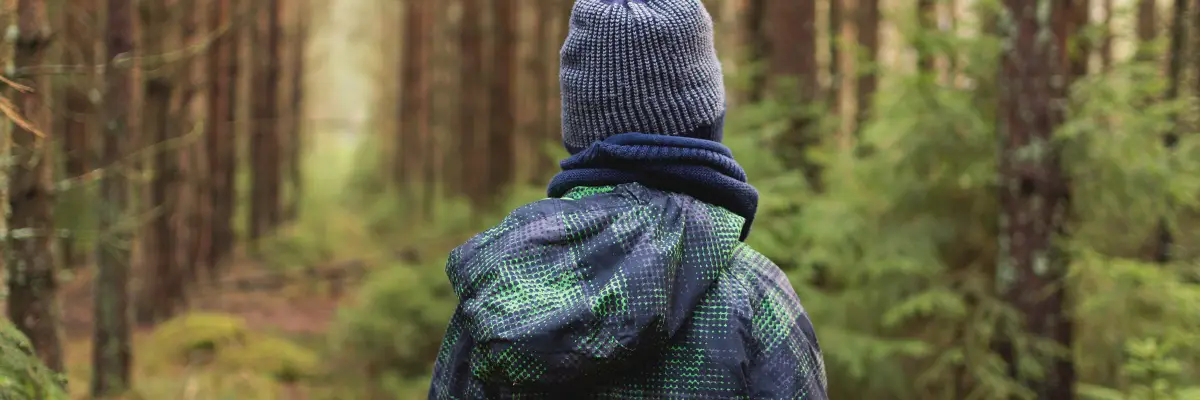


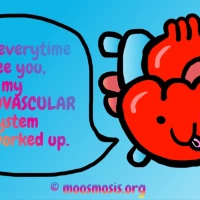
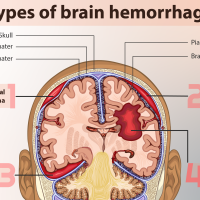



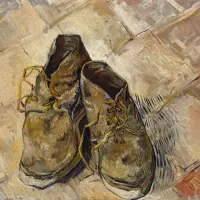
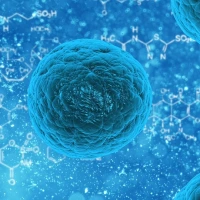


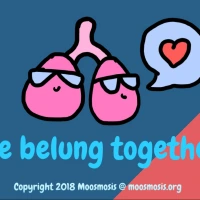

Fantastic analysis! The Road is a deep read with a lot of special symbolism.
LikeLiked by 2 people
Thank you Athena! The Road is an excellent symbolic book. I recommend everyone to have it on their bookshelves 🙂
LikeLiked by 1 person
you’re welcome😄
LikeLiked by 2 people
this is gold 🔥
LikeLiked by 1 person
Thank you for your kindness, Mike!
LikeLiked by 1 person
The Road can relate to many people’s lives, in this Age of Transition from a nation-based ethos to one that is truly universal. Each of us makes choices that aid some and don’t help others.
LikeLiked by 2 people
Well said, Bruin, and thank you for your thoughtful insight on The Road. Kindness is a choice, and it first starts with us. May we impart kindness in the lives of all we touch. 🙂
LikeLiked by 1 person
Sounds like an interesting, deep book.
LikeLiked by 2 people
Thank you for your nice comment, Bernice! The Road’s indeed an excellent deep book. We highly recommend you to read it one day. 🙂
LikeLiked by 1 person
Very deep and extremely well written symbolism essay on The Road, very helpful for literature class.
LikeLiked by 1 person
Thanks so much, Ben! Glad to help with your literature class. 🙂
LikeLike